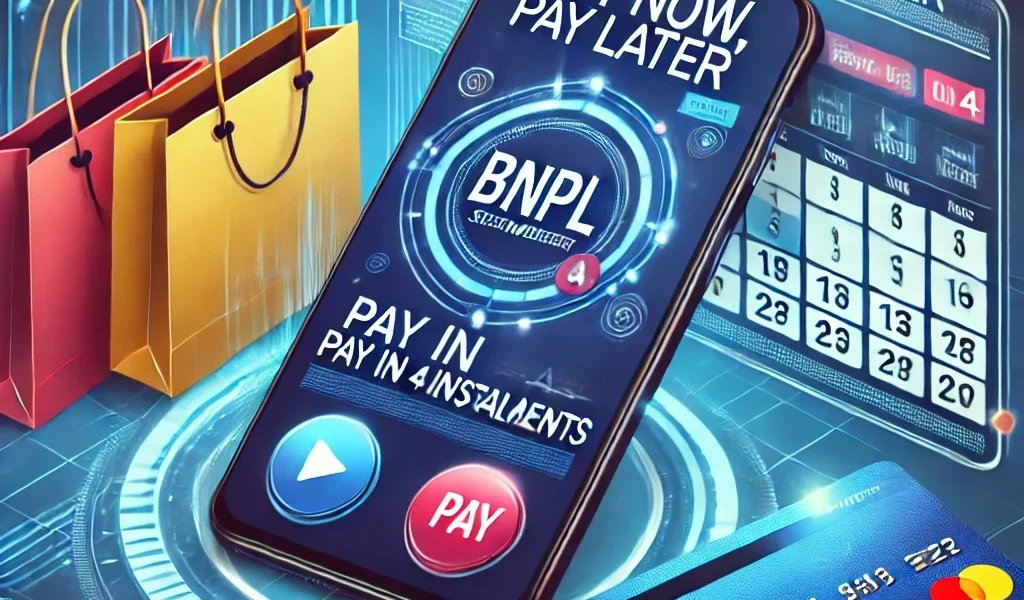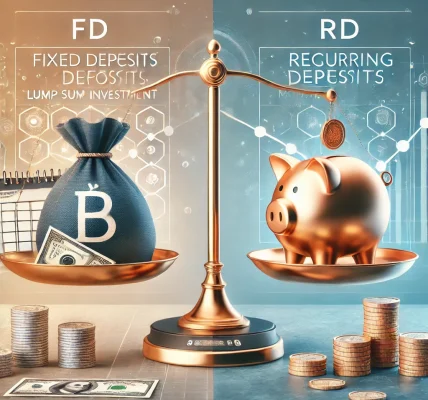Introduction
The rise of Buy Now, Pay Later (BNPL) services has transformed the way people shop online and in stores. With the promise of interest-free payments and flexible repayment plans, BNPL platforms like Affirm, Klarna, Afterpay, and PayPal Pay in 4 have gained immense popularity. However, while BNPL services offer convenience, they also come with potential risks.
In this guide, we’ll explore how BNPL services work, their benefits, potential drawbacks, and whether they are the right choice for you.
1. What is Buy Now, Pay Later (BNPL)?
BNPL is a short-term financing option that allows consumers to make a purchase immediately and pay for it over time in equal installments. Unlike traditional credit cards, BNPL services often provide zero-interest payment plans, making them appealing to budget-conscious shoppers.
How BNPL Works:
- Select BNPL at Checkout – When shopping online or in-store, choose a BNPL provider as your payment method.
- Instant Approval – The provider performs a quick credit check or a soft inquiry to approve the purchase.
- Payment Plan Setup – The total purchase amount is divided into smaller installments (usually 4 payments every 2 weeks).
- Repayment – Payments are automatically deducted from your bank account, debit card, or credit card.
Popular BNPL providers include:
- Affirm
- Afterpay
- Klarna
- Zip
- PayPal Pay in 4
2. Benefits of BNPL Services
BNPL offers several advantages that make it an attractive payment option:
✅ 1. Interest-Free Payments
Most BNPL providers offer zero-interest installment plans if payments are made on time, making them cheaper than credit cards.
✅ 2. Instant Approval with No Hard Credit Check
Unlike credit card applications, BNPL services usually perform only soft credit checks, making them accessible to individuals with limited or poor credit history.
✅ 3. Easy Budgeting and Cash Flow Management
Splitting a large purchase into smaller, manageable payments allows consumers to budget more effectively.
✅ 4. No Annual Fees or Hidden Costs
Unlike credit cards that may have annual fees, late fees, or high interest rates, BNPL services typically charge no upfront costs.
✅ 5. Convenient Online and In-Store Purchases
Many retailers integrate BNPL options at checkout, making it easy to use both online and in brick-and-mortar stores.
3. Risks and Drawbacks of BNPL Services
Despite its benefits, BNPL is not without risks. Users should be aware of the following potential downsides:
❌ 1. Late Fees and High Penalties
While BNPL offers zero interest, missing a payment can lead to hefty late fees and penalty charges. Some providers also charge interest rates on overdue amounts, making it costly.
❌ 2. Encourages Overspending
Because BNPL makes purchases feel more affordable, consumers may overspend and accumulate multiple BNPL debts, leading to financial strain.
❌ 3. Can Impact Your Credit Score
Although most BNPL providers don’t report on-time payments to credit bureaus, missed payments may be reported and could negatively affect your credit score.
❌ 4. No Reward Points or Cashback
Unlike credit cards, BNPL services don’t offer cashback, travel rewards, or purchase protection, making them less rewarding for frequent shoppers.
❌ 5. Limited Purchase Protection
BNPL does not offer the same level of consumer protection as credit cards. If you encounter fraud, defective products, or disputes, you might struggle to get a refund.
4. BNPL vs. Credit Cards: Which is Better?
| Feature | BNPL Services | Credit Cards |
|---|---|---|
| Interest | 0% (if paid on time) | High APR (if balance is not paid in full) |
| Credit Check | Soft inquiry or none | Hard inquiry |
| Late Fees | Yes, varies by provider | Yes, varies by issuer |
| Rewards | None | Cashback, miles, points |
| Purchase Protection | Limited | Strong protection |
| Builds Credit? | No (unless reported) | Yes, if used responsibly |
Verdict: If you want interest-free payments and don’t need rewards, BNPL may be a good choice. However, if you prefer credit-building opportunities and purchase protection, a credit card is the better option.
5. When Should You Use BNPL?
BNPL is a great option in the following scenarios:
✔ Making a large purchase (e.g., electronics, furniture) but don’t want to pay upfront.
✔ Avoiding credit card interest when paying in full on time.
✔ Managing cash flow during financial uncertainty.
✔ Short-term financing needs without a long-term commitment.
However, avoid BNPL if you:
❌ Have trouble managing multiple debts.
❌ Tend to overspend on non-essential items.
❌ Can’t guarantee on-time payments.
6. The Future of BNPL Services
As BNPL grows in popularity, several trends are emerging:
✔ More retailers integrating BNPL at checkout (both online and offline).
✔ Stronger regulations to prevent misleading BNPL marketing.
✔ Credit bureaus incorporating BNPL repayment history into credit scores.
✔ Expansion into new industries, including travel, healthcare, and education.
7. Conclusion: Is BNPL Worth It?
BNPL can be a useful financial tool for responsible users who can manage payments on time. However, it can become a debt trap for those who overspend or miss due dates.
Key Takeaways:
✔ BNPL is great for interest-free installment plans.
✔ It helps budget large purchases but can lead to overspending.
✔ Missed payments can result in fees and impact credit scores.
✔ BNPL lacks the purchase protection and rewards offered by credit cards.
Final Verdict: If you’re disciplined with payments, BNPL can be a convenient way to shop without high interest rates. However, for long-term financial health, credit cards or saving up for purchases may be a better alternative.
Would you use BNPL for your next purchase, or do you prefer traditional credit options? Let us know in the comments!
Disclaimer:
This article is for informational purposes only and should not be considered financial advice. Always consult a financial expert before making purchasing decisions.




